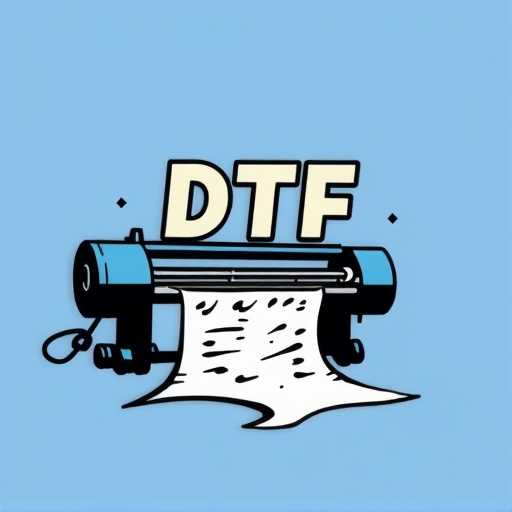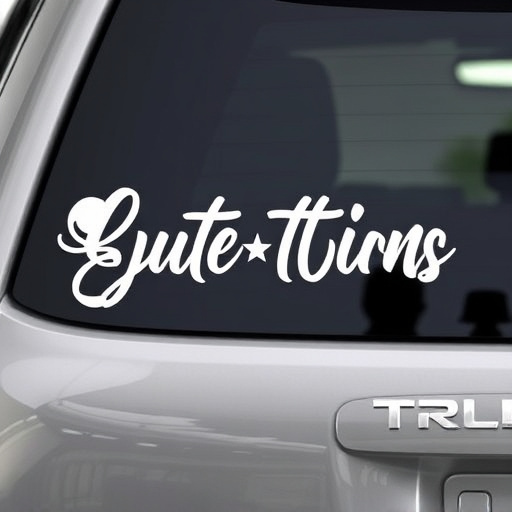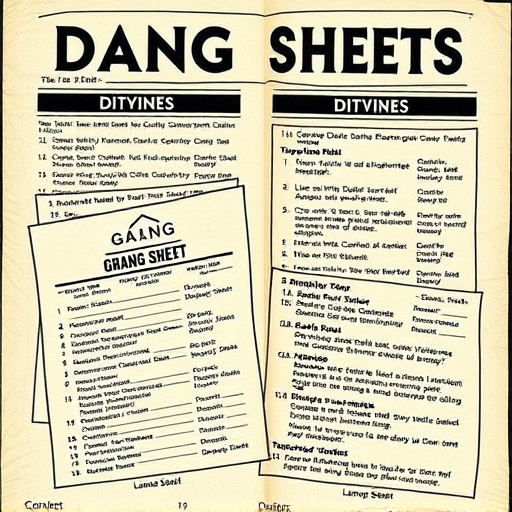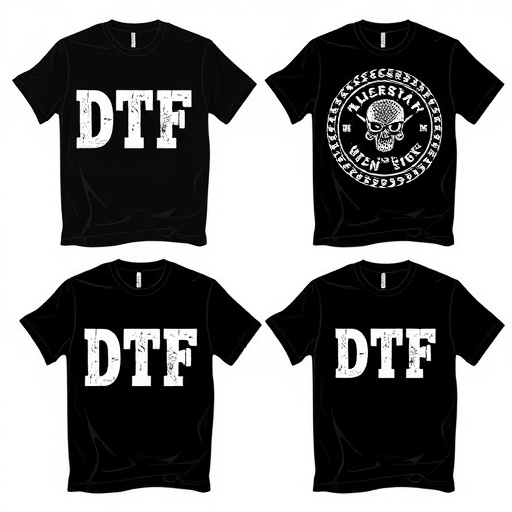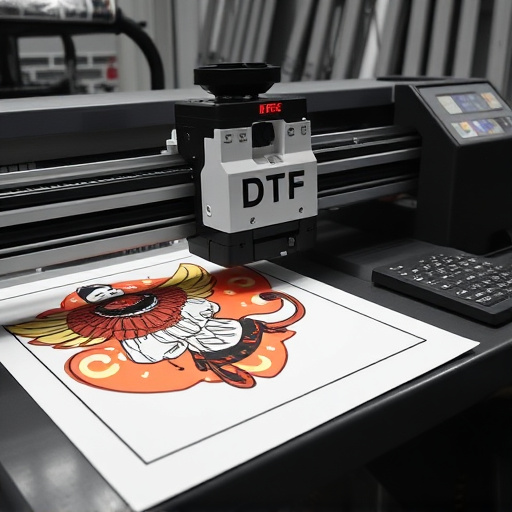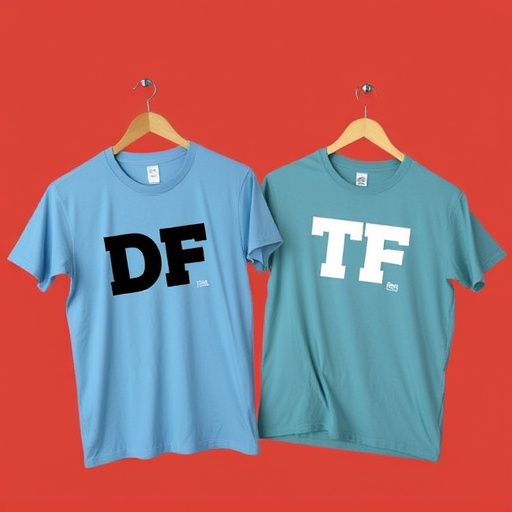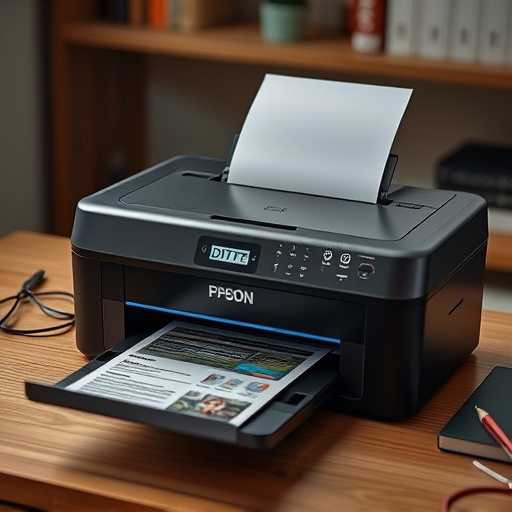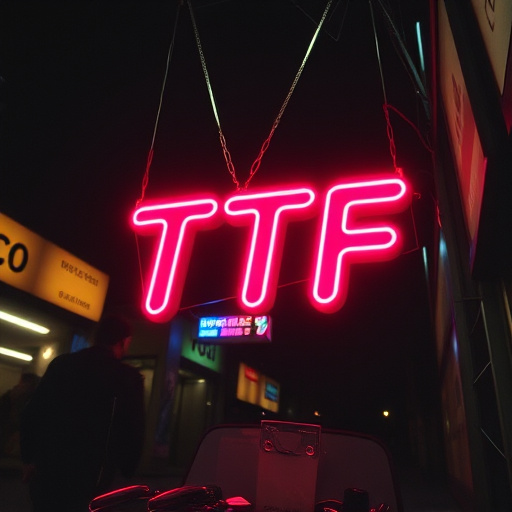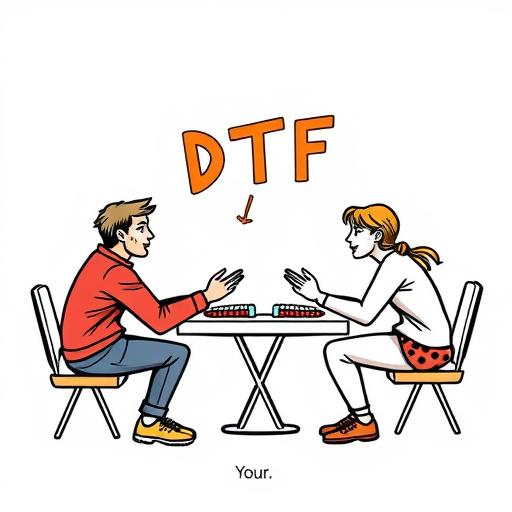DTF printing (Direct-To-Fabric) is revolutionizing the apparel industry by directly transferring ink onto fabric, eliminating intermediate materials and offering superior print quality, vibrancy, and durability on fabrics like cotton and polyester. Heat Transfer Vinyl (HTV) technology complements DTF by fusing vinyl ink onto fabric using heat and pressure, producing high-quality designs with vibrant colors that withstand multiple washes. Compared to HTV shirts, DTF printed shirts have higher longevity and quality due to their direct printing, resulting in a robust finish, smoother texture, and better color accuracy over time, making them a cost-effective choice.
“In the world of apparel customization, two popular methods have emerged for creating unique designs on shirts: Direct-To-Fabric (DTF) printing and Heat Transfer Vinyl. This article delves into the intricacies of these techniques, offering a comprehensive guide for businesses and enthusiasts alike. We explore the DTF printed shirt process, its benefits, and how it compares to heat transfer vinyl. By the end, readers will understand the key differences in durability, quality, and cost-effectiveness, empowering informed decisions for their custom apparel needs.”
- Understanding DTF Printed Shirts: The Direct-To-Fabric (DTF) Process
- Heat Transfer Vinyl Shirts: An Overview of the Technology and Applications
- Comparing the Two: Durability, Quality, and Cost-Effectiveness Analysis
Understanding DTF Printed Shirts: The Direct-To-Fabric (DTF) Process
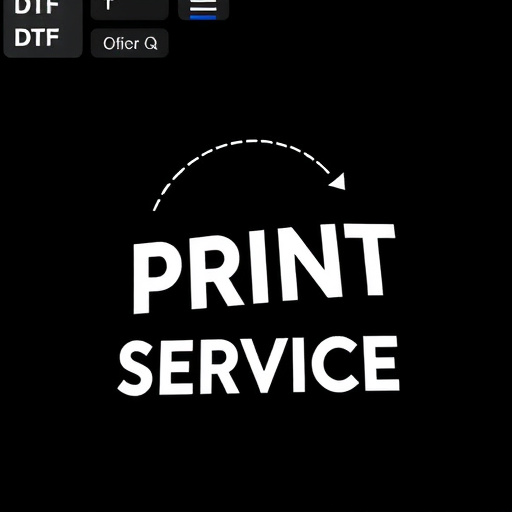
DTF Printed Shirts, or Direct-To-Fabric printing, is a cutting-edge technique revolutionizing the apparel industry. This innovative process involves transferring ink directly onto the fabric’s surface, eliminating the need for intermediate materials like paper or vinyl. The DTF method offers exceptional quality and vibrancy in prints, making it an attractive option for creating custom apparel.
In this approach, specialized printers deposit pigmented inks onto the garment, which are then cured using heat and pressure. This direct application ensures a smooth, durable finish, ideal for a variety of fabrics, including cotton, polyester, and more. DTF for Apparel is not limited to simple designs; it can accommodate intricate patterns and detailed artwork, making it perfect for creating unique, stylish hoodies and other clothing items with cold peel dtf transfers. This technology’s versatility and ability to produce high-quality results have made DTF printing for hoodies a popular choice among designers and businesses looking to stand out in the market.
Heat Transfer Vinyl Shirts: An Overview of the Technology and Applications
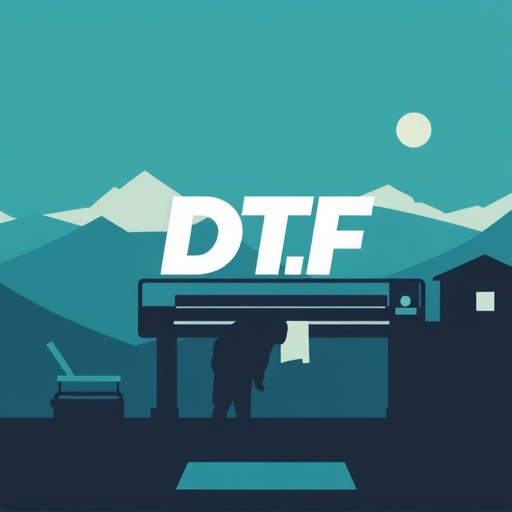
Heat Transfer Vinyl (HTV) shirts involve a technology that has been transforming the customization and personalisation industry. This process uses heat and pressure to fuse vinyl ink onto fabric, creating durable designs. The application of HTV is versatile, ranging from printing simple text and graphics on t-shirts to crafting intricate, detailed artwork for direct-to-film personalized hoodies. It’s a go-to method for businesses offering custom dtf transfers, as it allows for high-quality prints with vibrant colors and robust durability.
The technology is particularly appealing due to its ability to produce long-lasting designs that withstand frequent washing without fading or peeling. This makes HTV shirts ideal for promotional items, team uniforms, and fashion apparel. The direct to film process ensures precision and speed in production, catering to the growing demand for on-demand customization in today’s market.
Comparing the Two: Durability, Quality, and Cost-Effectiveness Analysis

When comparing DTF (Direct to Fabric) printed shirts to heat transfer vinyl shirts, durability and quality stand out as key factors. DTF printed shirts offer superior longevity due to their direct printing onto the fabric, eliminating the need for additional layers of vinyl or other materials. This results in a more robust and long-lasting finish that can withstand frequent washing without fading or peeling. In contrast, heat transfer vinyl shirts, while offering vibrant designs initially, may experience delamination over time as the adhesive wears down.
In terms of quality, DTF printed shirts generally yield higher resolution prints with a smoother, more even texture. This is attributed to the direct application of ink into the fabric fibers, creating a more integrated and durable design. Custom sheets for heat pressing designs onto garments, like dtf transfer film, play a crucial role in achieving these high-quality results. Moreover, DTF printed shirts often retain their vibrancy and color accuracy even after multiple washes, making them a cost-effective choice in the long run. While heat transfer vinyl shirts can be more affordable upfront, their lower durability translates to higher replacement costs over time.
In the realm of custom apparel, both DTF Printed Shirts and Heat Transfer Vinyl (HTV) shirts offer unique advantages. DTF printing, with its direct-to-fabric approach, provides superior print quality and a more durable finish compared to HTV. While HTV is versatile for complex designs and offers cost-effectiveness in production, DTF holds an edge in long-term colorfastness and resistance to fading. Ultimately, the choice depends on specific design requirements, budget constraints, and expected wear duration. For high-quality, long-lasting prints, DTF Printed Shirts stand out; however, HTV remains a game-changer for more intricate artistic expressions on apparel.

